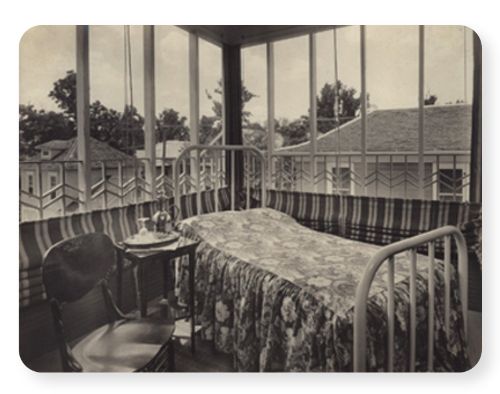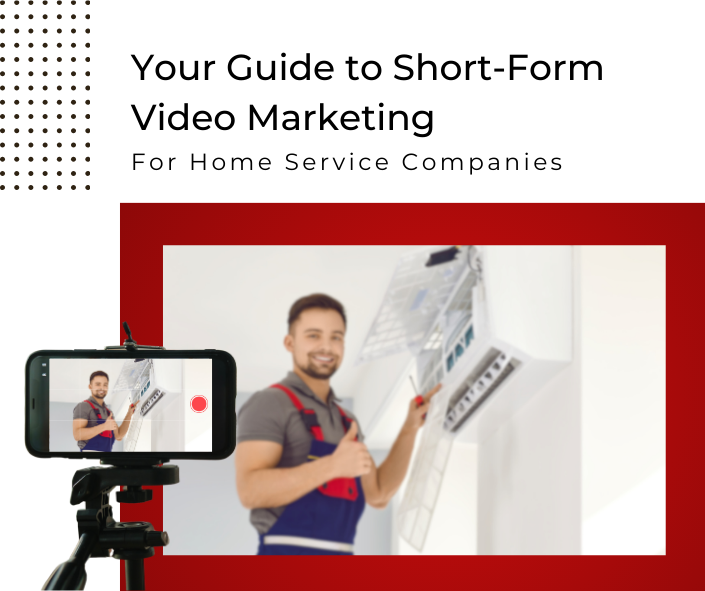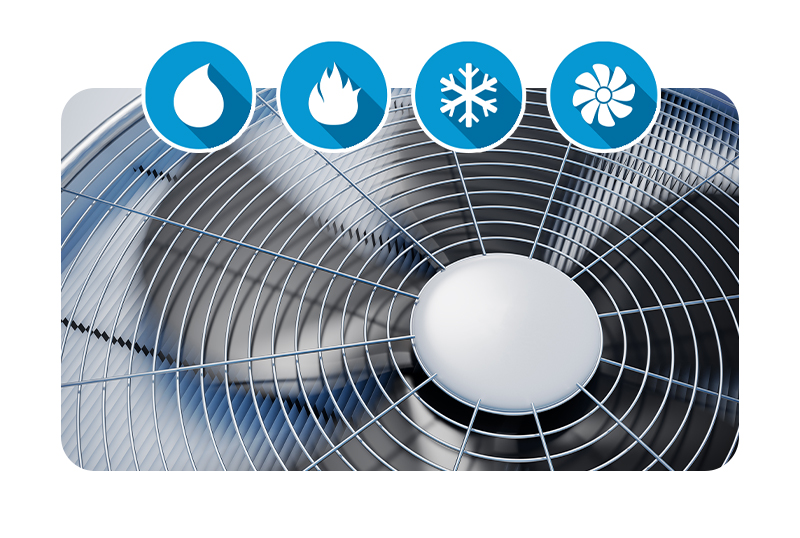Air conditioning can be a lifesaver during the sweltering summer months, but it can also be a significant drain on a household’s energy resources. In fact, air conditioning can account for up to 50% of a home’s total energy use during hot weather. Thankfully, there are several ways to optimize an HVAC system to reduce energy consumption while maintaining a comfortable indoor environment.

1. SEER Rating: Choose Efficient Units
The Seasonal Energy Efficiency Ratio (SEER) is a measure of an air conditioner’s efficiency. Units with higher SEER ratings are more efficient, translating to lower energy bills and better performance, especially in extreme heat. Continue reading “Maximizing Comfort and Efficiency: Reducing Energy Consumption with Your HVAC System”










